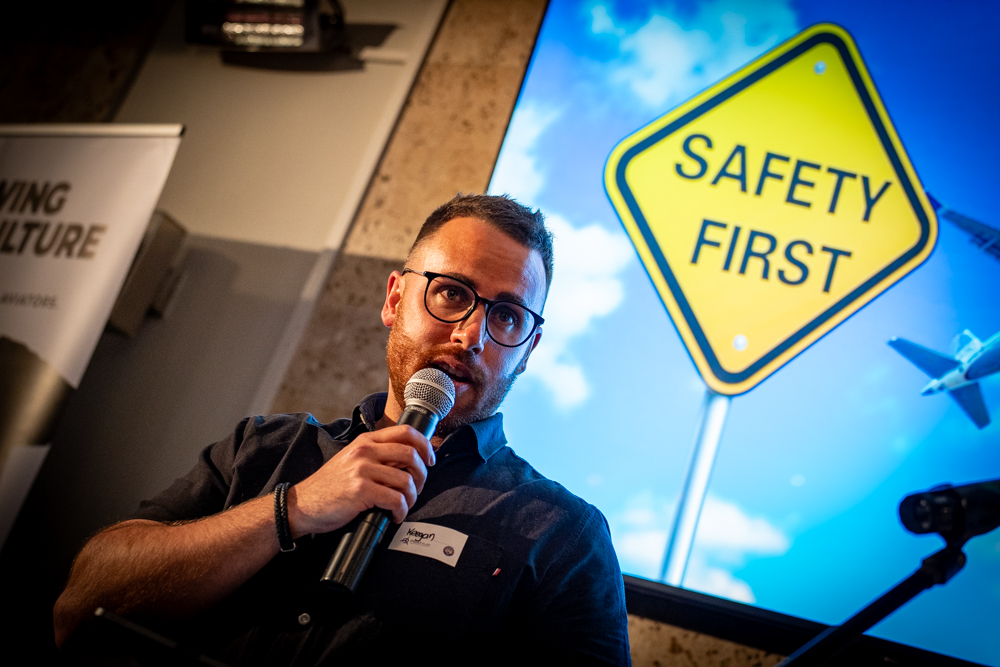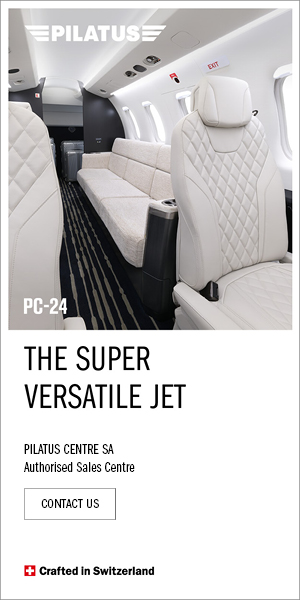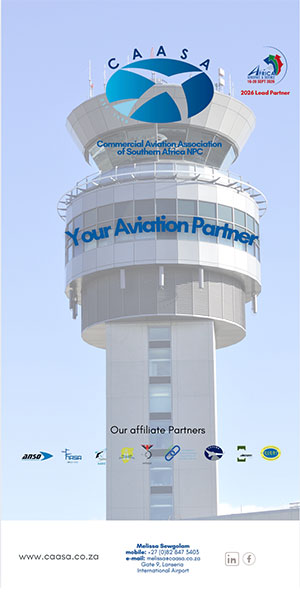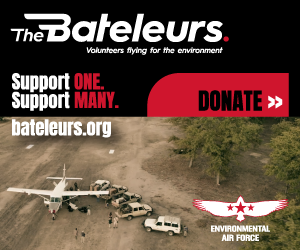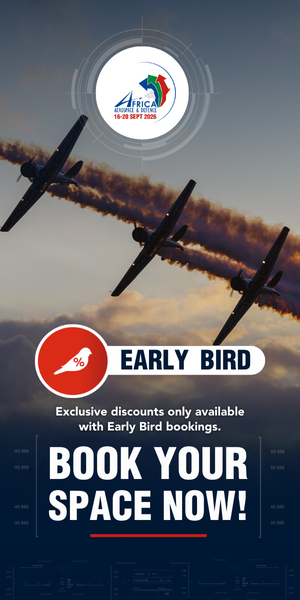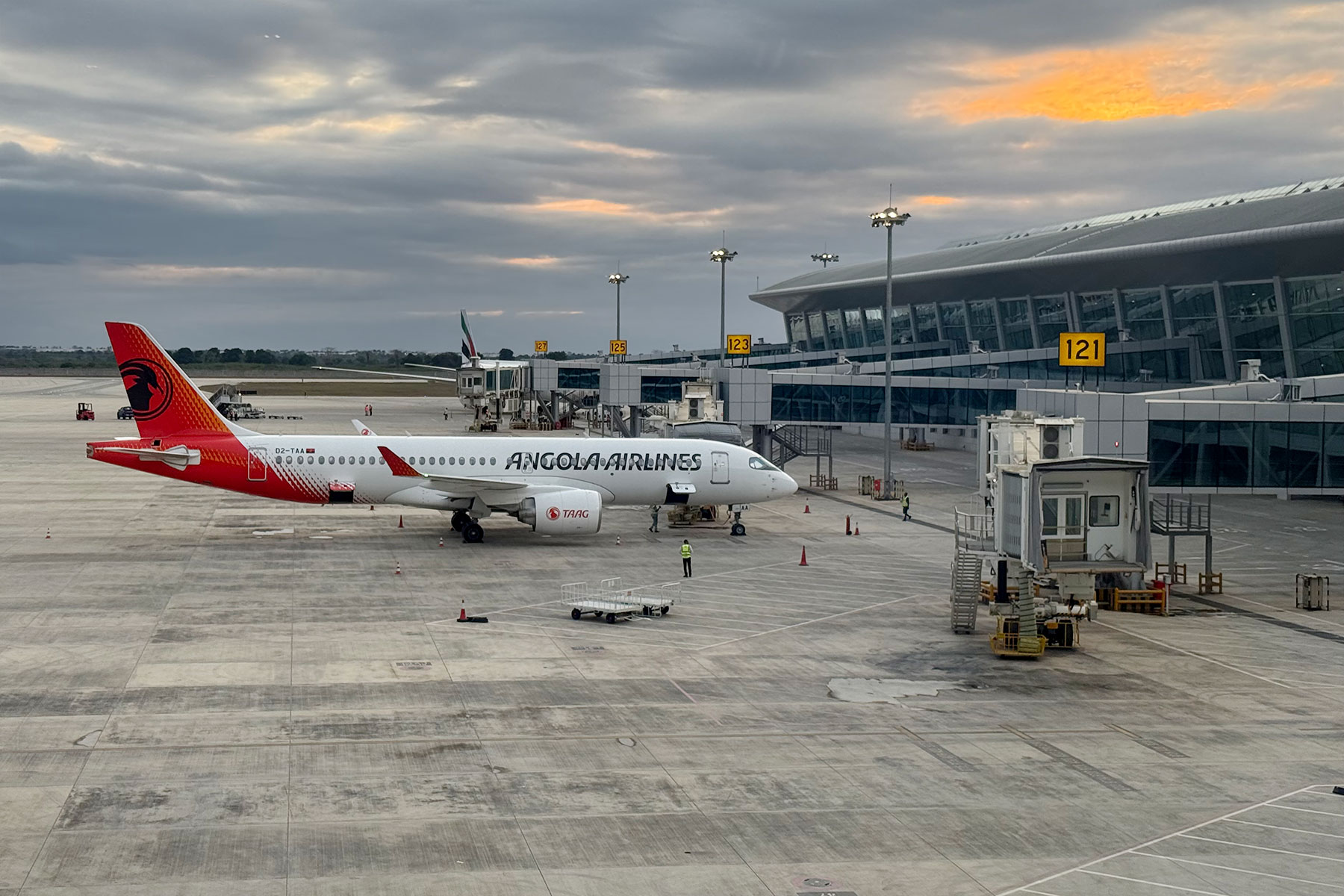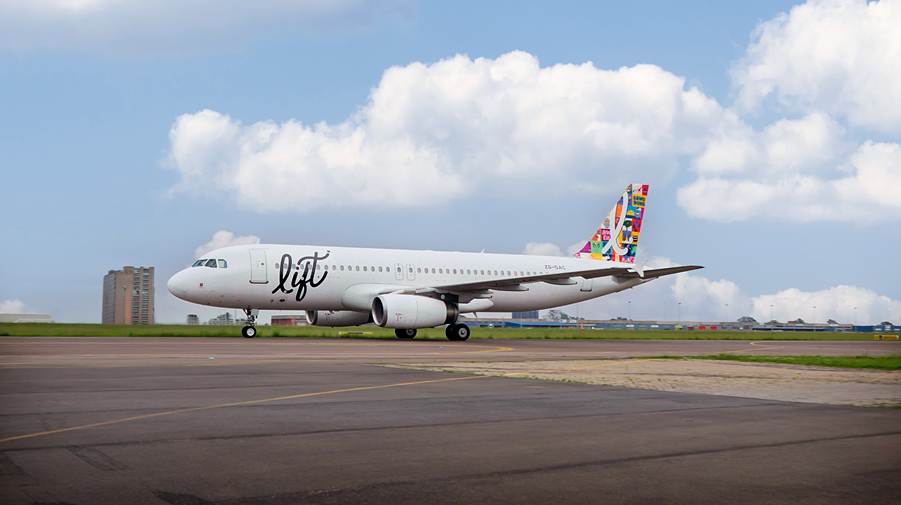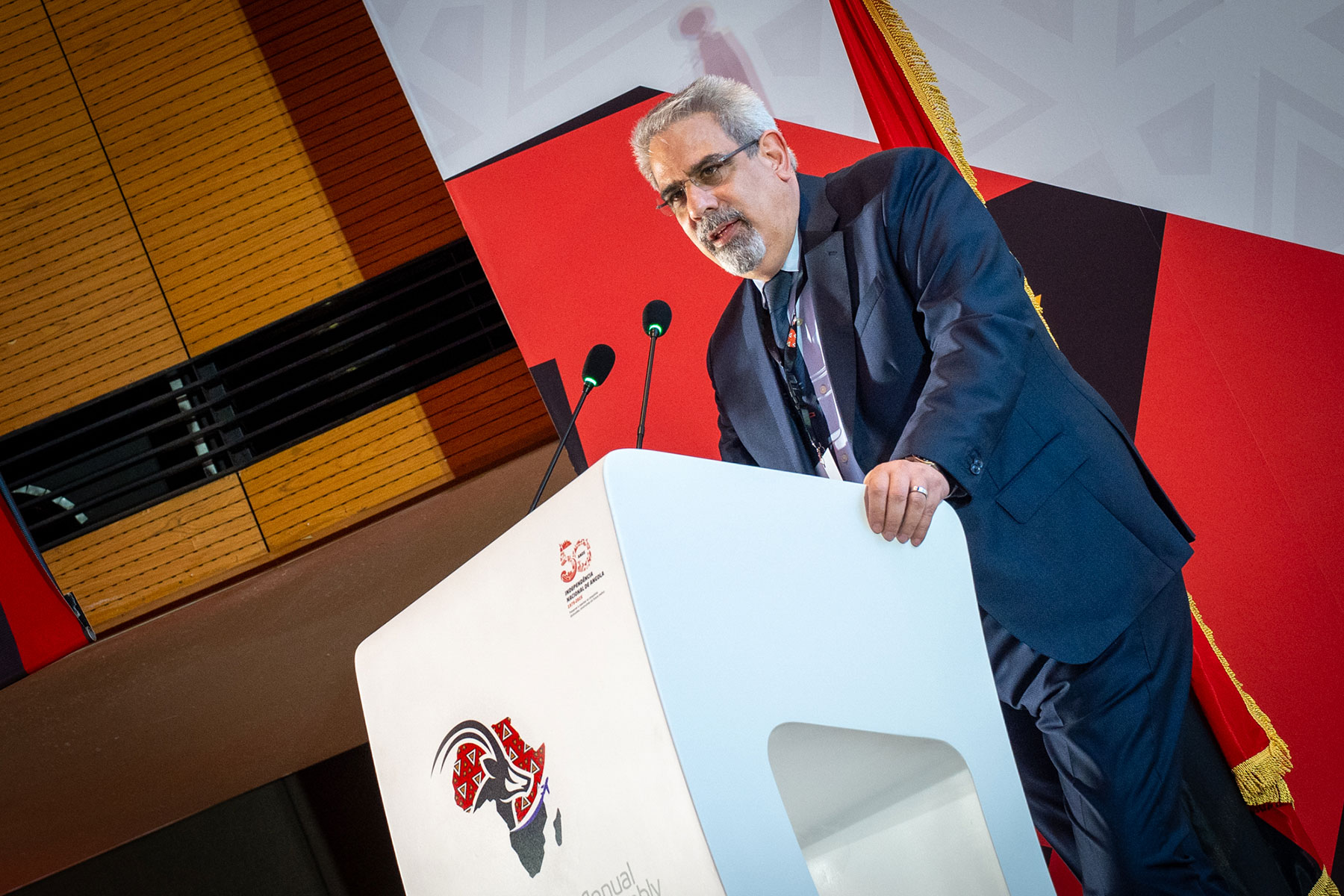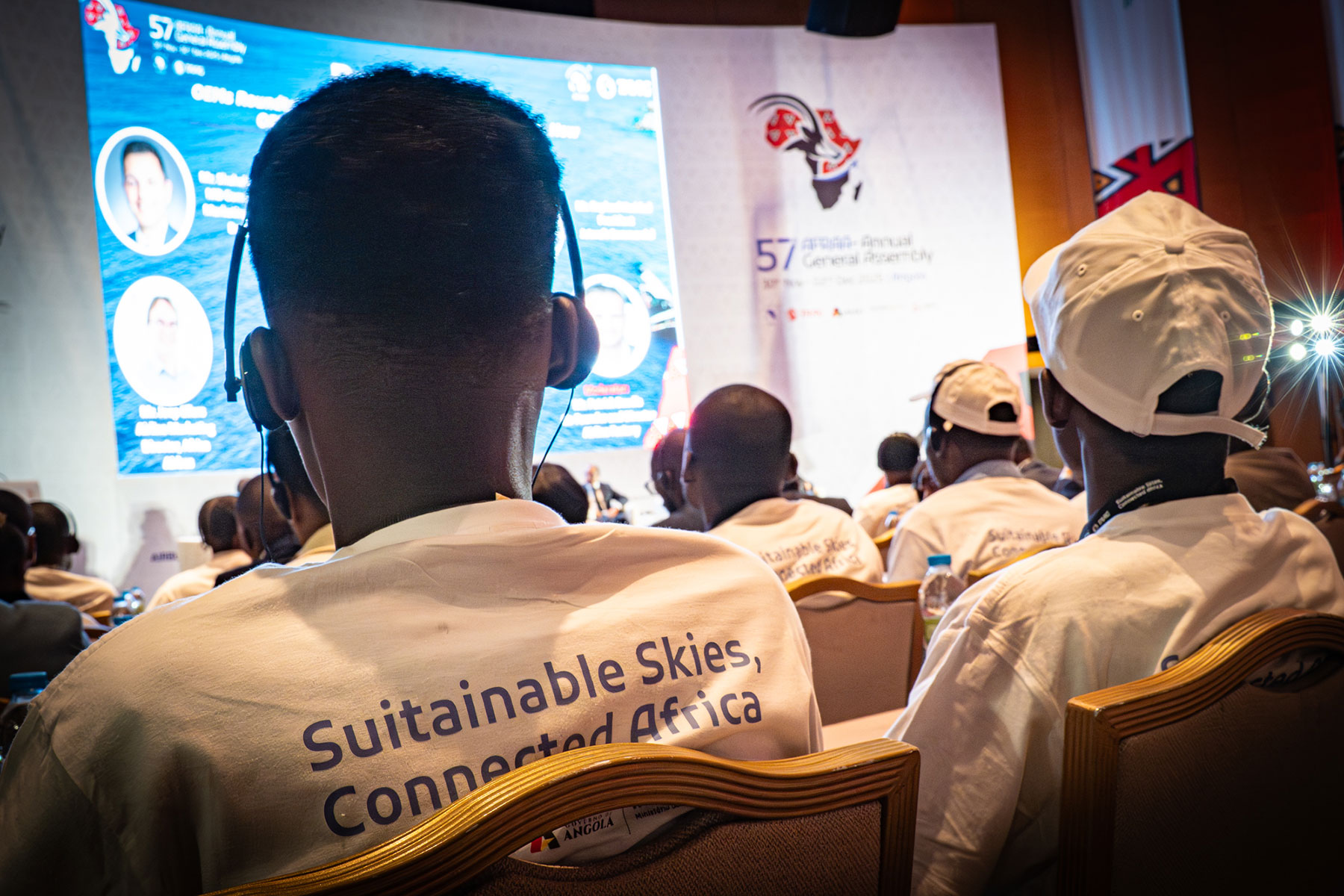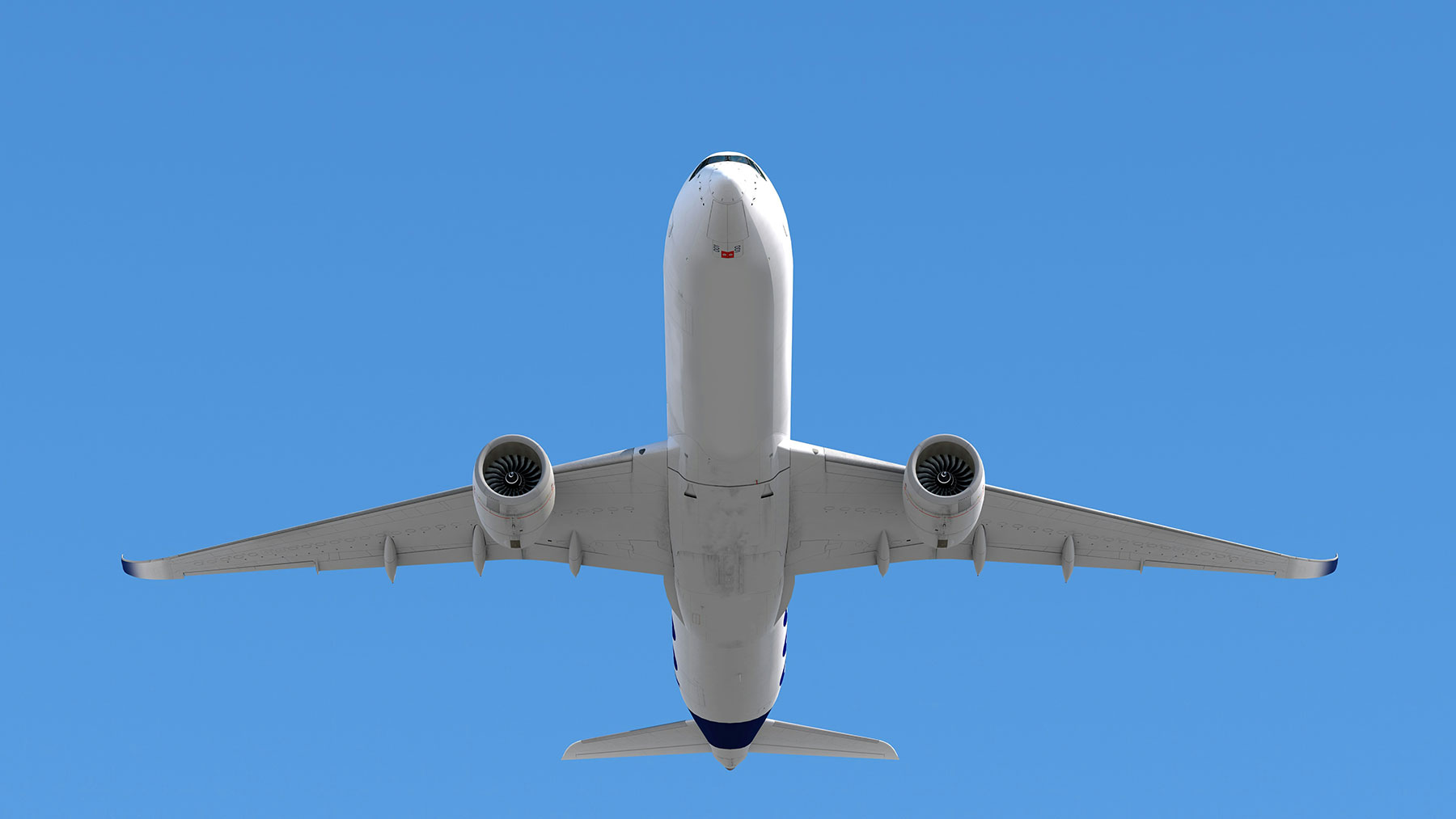Think critically, plan deliberately and always fly prepared.
Speaking at the Rand Airport Safety Symposium, held on 17 July, hosted by David le Roux of PilotInsure, experienced commercial pilot Keegan Glanfield delivered a thought-provoking presentation on the importance of building a personalised “Safety Toolkit” for pilots. Drawing from over 5,000 hours of flying experience across general and commercial aviation, Glanfield shared actionable strategies rooted in both structured airline operations and the often variable realities of general aviation.
From Hangar to Flight Deck
Glanfield’s aviation journey began in 2011 with an introductory flight in Springs. By 2013, he had completed his commercial licence, followed by a stint in dispatch at Federal Air—an experience he credits with giving him critical insight into the behind-the-scenes mechanics of flight operations. He later flew aircraft, including the Cessna Caravan, Beechcraft King Air, Beechcraft 1900, and the Embraer ERJ145 for both Federal Air and Fastjet. Today, he flies for FlySafair.
His exposure to training, operational challenges, and safety oversight inspired the development of his personal “safety toolbox”—a mental and procedural framework designed to with the tools to make sound, informed decisions when things go wrong.
The Safety Toolbox: What Is It?
Glanfield noted that safety is not a one-size-fits-all model. “There’s no golden bullet in aviation.” Instead, each pilot should develop a set of tools that are refined over time, shaped by experience and adaptable to different flying environments.
The aim? To improve preparedness, resilience and professionalism. “It’s about being more proactive, not reactive, when something goes wrong,” he said.
The Five Core Tools
Glanfield’s toolbox is based on five essential components:
1. Knowledge
A pilot’s first and most vital tool. Glanfield warned that complacency often sets in when familiarity replaces vigilance. Knowledge not only builds confidence but also supports adaptability and sound decision-making. He urged pilots to study accident reports, subscribe to educational channels, consult mentors and regularly review aircraft manuals.
2. Pre-Flight Planning and Briefing
Proper planning begins long before engine start. Weather trends, NOTAMs, alternate aerodromes, fuel reserves, and even mental fitness must be considered. “Legal doesn’t always mean safe,” Glanfield noted, advocating for generous personal minimums and contingency planning.
3. Situational Awareness and What-If Thinking
Pilots must remain ahead of the aircraft, asking key questions: Where am I? What is happening around me? What might happen next? Glanfield broke this down into three tiers:
- Perception (real-time information)
- Comprehension (understanding what it means)
- Projection (anticipating the future)
“What-if” thinking helps shorten reaction time during emergencies and keeps pilots mentally prepared for deviations and failures.
4. Aeronautical Decision-Making (ADM)
In high-stress situations, structured ADM models like TDODAR and T-FORDEC help pilots analyse problems and choose safe outcomes. Glanfield highlighted how these models were pivotal in managing a severe icing encounter on a night flight between Bulawayo and Johannesburg—an incident that tested his knowledge and composure as a new captain.
5. Personal Minimums
Glanfield urged pilots to develop and respect their own safety margins: visibility, cloud base, crosswind limits, fuel reserves, and recency. “Just because you’ve done it before doesn’t mean you’ll get away with it again,” he cautioned. Personal minimums act as a buffer against external pressures, including client expectations or time constraints.
Debrief and Safety II
Glanfield introduced the concept of “Safety II”—a proactive approach that focuses on what went right, not just what went wrong. He encouraged post-flight debriefs as a means of continuous improvement and reflection. “The best flights aren’t just safe—they make you better.”
Glanfield reminded the audience that building a safety toolkit is not a theoretical exercise but a commitment. “Aviation safety is a team sport,” he said. “The best pilots aren’t just the most skilled, they’re the ones who never stop building, using and sharing safety.”
His presentation stood as a call to action: to think critically, plan deliberately and always fly prepared.
